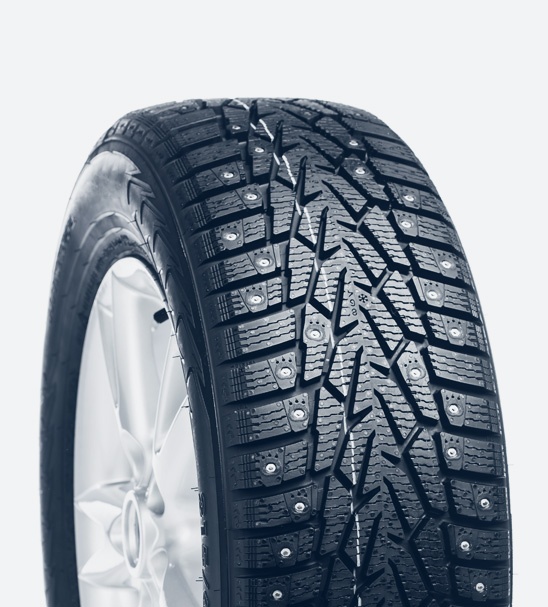Optimizing Oil Pan O-Ring Performance for Engine Efficiency and Leak Prevention
Understanding the Oil Pan O-Ring A Key Component in Engine Health
The oil pan, often overlooked, plays a crucial role in the overall functioning of a vehicle's engine. At the heart of this component lies the oil pan O-ring, a small yet vital element that helps maintain engine efficiency and longevity. In this article, we will explore the significance of the oil pan O-ring, its functions, potential issues, and maintenance best practices.
What is an Oil Pan O-Ring?
The oil pan O-ring is a rubber seal that fits around the edge of the oil pan, creating a tight seal between the oil pan and the engine block. Its primary purpose is to prevent oil leaks, ensuring that oil remains contained within the pan. This sealing function is critical because engine oil lubricates various moving parts, reducing friction and preventing damage during operation. Without a properly functioning O-ring, oil can leak, leading to inadequate lubrication and potentially catastrophic engine failure.
Functions of the Oil Pan O-Ring
The O-ring serves several essential functions beyond merely preventing leaks
1. Sealing Agent The primary function of the O-ring is to create a watertight seal that allows the oil pan to hold oil under pressure without leakage.
2. Vibration Dampening The flexible nature of the rubber O-ring helps absorb vibrations produced by the engine, which can prolong the life of the oil pan and the engine itself.
3. Temperature Resistance O-rings are designed to withstand high temperatures, making them resistant to degradation from the heat generated by the engine during operation.
4. Corrosive Resistance Engine oil can contain additives that are acidic or corrosive. A good quality O-ring is resistant to these chemicals, ensuring its longevity and effectiveness.
Common Issues with Oil Pan O-Rings
Despite their robustness, oil pan O-rings can face various issues
oil pan o ring

1. Wear and Tear Over time, exposure to heat, oil, and environmental factors can cause the rubber O-ring to harden, crack, or shrink. When this happens, it can no longer form a proper seal, leading to leaks.
2. Improper Installation If the O-ring is not installed correctly during a repair or replacement of the oil pan, it may not seal properly, resulting in oil leaks.
3. Contamination Dirt and debris can accumulate on the O-ring if not cleaned during maintenance, compromising its ability to seal effectively.
4. Chemical Damage Some cleaning products or engine oils can contain chemicals that degrade the O-ring material, leading to premature failure.
Maintenance and Replacement
Maintaining the oil pan O-ring is crucial for engine health. Here are some best practices
1. Regular Inspections Periodically check for any signs of oil leaks or drips under your vehicle. If you notice an oil leak, inspect the O-ring and other seals immediately.
2. Proper Installation When replacing the oil pan O-ring, ensure that it is installed correctly. This includes cleaning the surfaces of the pan and engine block to eliminate debris that might compromise the seal.
3. Use Quality Parts Always opt for high-quality O-rings that are designed to withstand the specific operating conditions of your engine.
4. Consult Professionals If you are unsure about the condition of the O-ring or how to replace it, consult a professional mechanic for advice and services.
Conclusion
The oil pan O-ring is a small but crucial component of a vehicle's engine. By understanding its role and maintaining it properly, vehicle owners can help ensure their engines remain efficient and leak-free. Regular inspections and proper care can go a long way in preventing costly repairs and extending the life of the engine. Remember, a well-maintained engine is key to overall vehicle performance and reliability.
-
Understanding the Front Main Engine Seal: Purpose, Maintenance, and Installation
News Jul.29,2025
-
Understanding O-Rings and Seal Rings: Types, Applications, and Custom Solutions
News Jul.29,2025
-
Understanding Crankshaft Oil Seals: Rear Seals, Pulley Seals, and Their Role in Engine Integrity
News Jul.29,2025
-
The Importance of Front and Rear Crankshaft Seals in Engine Performance and Oil Management
News Jul.29,2025
-
Crank Oil Seals: Functions, Types, and Cost Considerations in Engine Maintenance
News Jul.29,2025
-
A Comprehensive Guide to O-Rings and Seals: Types, Materials, and Global Applications
News Jul.29,2025
-
Mastering Diesel and Performance Engine Maintenance: A Guide to Critical Oil Gaskets
News Jul.28,2025
Products categories















